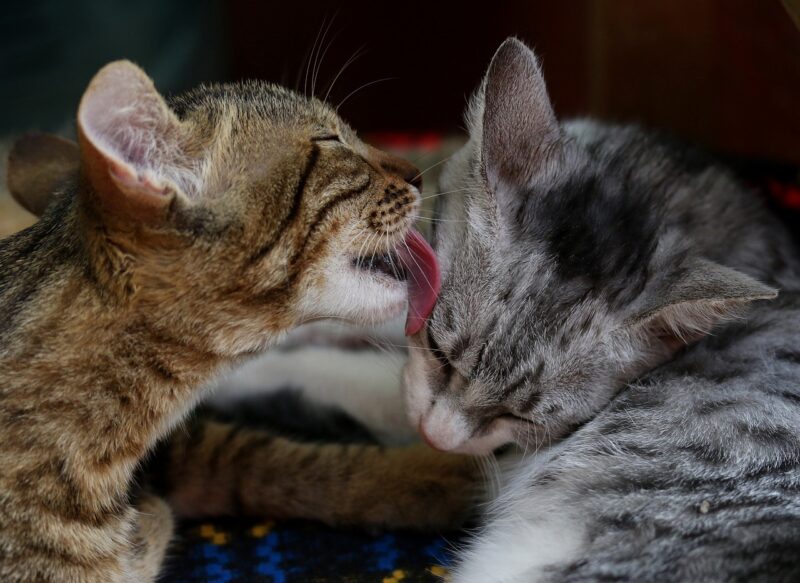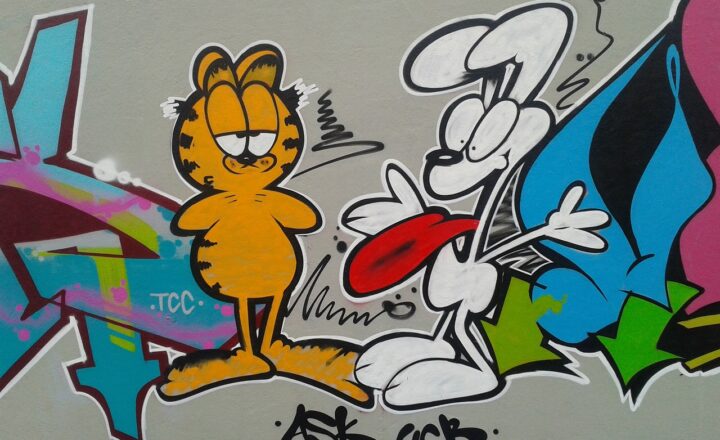
Cartoons have a unique ability to connect with audiences of all ages, bringing joy, laughter, and sometimes even poignant messages to life through animated characters. Behind every beloved cartoon character lies a fascinating story—an intricate web of creativity, passion, and sometimes drama that shaped their genesis and contributed to their popularity. This article delves into the untold stories of iconic cartoon characters, exploring the inspiration behind their creation, their evolution over the years, and the tales that are often overlooked.
1. Mickey Mouse: The Birth of an Icon
Mickey Mouse is perhaps the most recognizable cartoon character in the world, yet his creation had humble beginnings. In 1928, Walt Disney and Ub Iwerks developed Mickey Mouse as a replacement for the unfortunate Oswald the Lucky Rabbit.
Initially, Mickey was designed as a simple anthropomorphic mouse with big ears and a jovial personality. However, his first appearance in “Plane Crazy” was hardly a success. Undeterred, Disney showcased Mickey in “Steamboat Willie,” one of the first synchronized sound cartoons, expertly combining animation with a musical score. This innovative approach not only revived Mickey’s fortunes but also set a precedent for blending audio and visual storytelling in animation.
2. Bugs Bunny: The Accidental Superstar
Bugs Bunny emerged in the late 1930s, initially intended as a minor character in Warner Bros. cartoons. His iconic catchphrase, “What’s up, Doc?”, was born out of actor Mel Blanc’s playful improvisation during recording. Blanc infused Bugs with a New York-style swagger, making him instantly relatable to audiences.
Interestingly, Bugs wasn’t the first rabbit for Warner Bros.; that title belonged to a character named Happy Rabbit. Bugs’ distinct personality and clever wit quickly overshadowed Happy Rabbit, leading to his rise as the face of Looney Tunes. Bugs not only became a symbol of cleverness and mischief but also a representation of cool confidence, influencing countless characters in subsequent animated shows.
3. Popeye: The Sailor with a Spinach Secret
The origin of Popeye dates back to the comic strip “Thimble Theatre”, created by Elzie Crisler Segar in 1929. The character was initially introduced as a sidekick to olive oyl’s love interest, but as time progressed, audiences found Popeye’s tough demeanor and unique way of handling adversity irresistible.
Popeye’s legendary reliance on spinach stems from a popular misconception. An error in calculating the vegetable’s iron content in a German study mistakenly stated it contained more iron than it actually does, leading to his association with spinach as a source of strength. The character became an emblem for healthy eating, a role that still resonates today.
4. Scooby-Doo: Mystery Inc. and the Power of Teamwork
Originally created in 1969, “Scooby-Doo, Where Are You!” was designed to deliver wholesome entertainment with a twist of mystery. The original concept for the show included a different cast, but the lovable Great Dane’s personality quickly stole the spotlight.
Scooby’s unique appeal lies in his combination of silliness and bravery, complementing the four teenagers—Fred, Daphne, Velma, and Shaggy—who embarked on mystery-solving adventures. The series has evolved over decades, adapting to modern culture while promoting values of friendship, teamwork, and courage; key themes that continue to draw in fans of all ages.
5. The Simpsons: Cultural Commentary in Animation
Since its debut in 1989, “The Simpsons” quickly became more than just a cartoon. What distinguishes Homer, Marge, Bart, Lisa, and Maggie Simpson is their relatability. Created by Matt Groening, the characters reflect the complexities of American family life.
Initially, the show wasn’t well-received by critics who viewed it as a lowbrow parody. However, as it matured, it began to tackle pressing social issues, pop culture phenomena, and even political commentary through a sarcastic lens. This innovative thematic approach redefined animated shows, proving that cartoons could be both entertaining and thought-provoking. The humor, while often absurd, sheds light on societal issues, making it uniquely impactful.
6. SpongeBob SquarePants: Absurdity and Heart
SpongeBob SquarePants, created by Stephen Hillenburg, debuted in 1999 and quickly became a hallmark of children’s animation. Hillenburg, a marine biologist, aimed to create a humorous yet educational series that highlighted the wonders of underwater life. SpongeBob’s innocent exuberance is at the core of the show, endearing him to generations of viewers.
Notably, the series broke conventional storytelling norms by focusing on absurdity rather than moral lessons. The untold story of SpongeBob’s design is revealing—his square shape was intended to symbolize a unique personality alongside his simple outlook on life, providing a refreshing contrast to more human-like cartoon characters.
7. Conclusion: The Power of Storytelling in Animation
Cartoon characters are much more than entertaining figures; they are a reflection of our culture, creativity, and societal values. The untold stories behind them remind us of the passion, innovation, and sometimes even the struggles that creators experienced while bringing their characters to life. Whether it’s Mickey Mouse breaking new ground in animation or Bugs Bunny crafting clever comebacks, these characters remind us that storytelling through animation is an art form that continues to evolve.
Through their trials, humor, and evolution, they teach invaluable lessons about resilience, creativity, and the power of laughter. In exploring the behind-the-scenes narratives of these iconic cartoon characters, we gain insight into the generations of creativity and imagination that inspire future storytellers across the globe.






